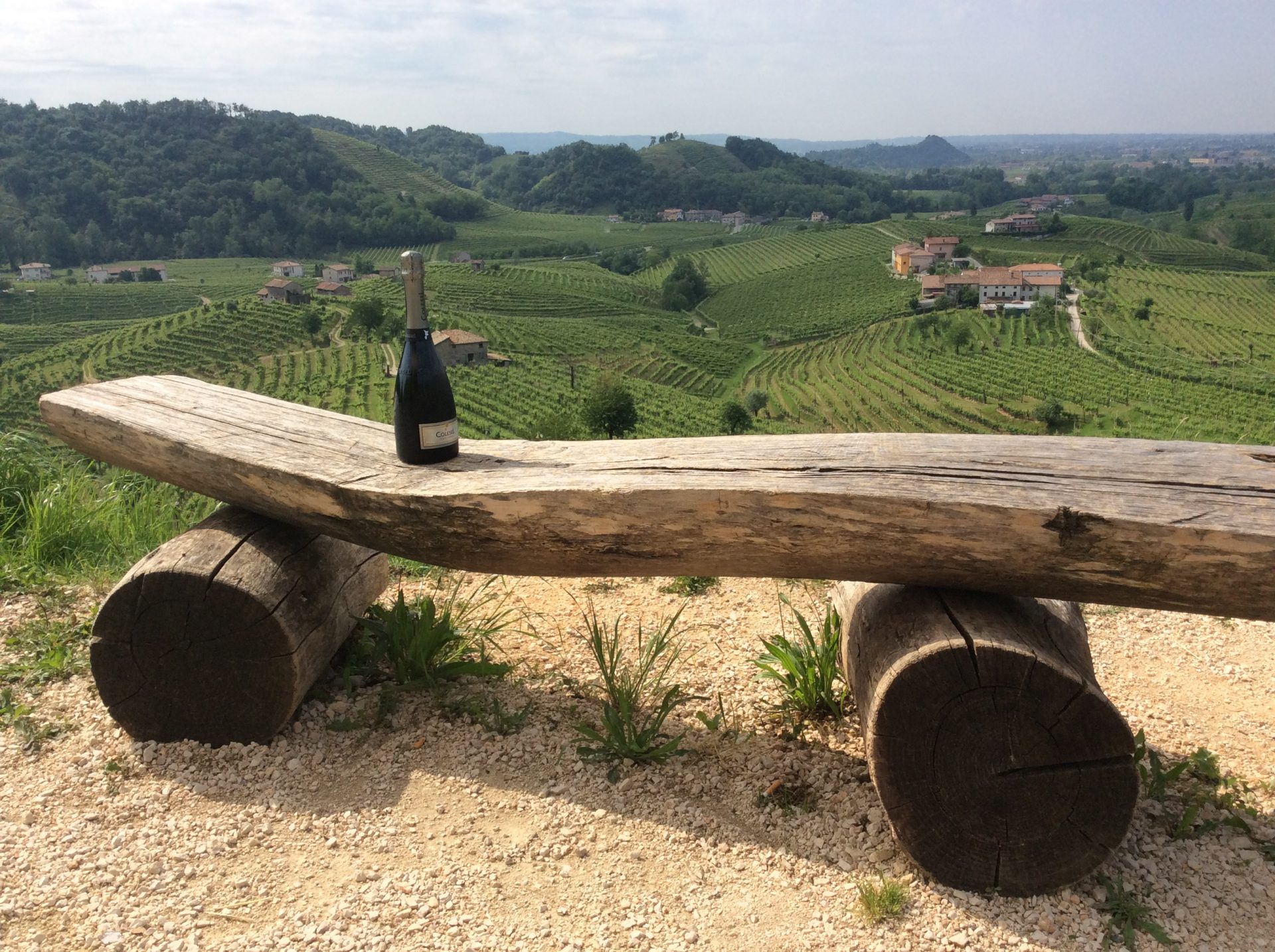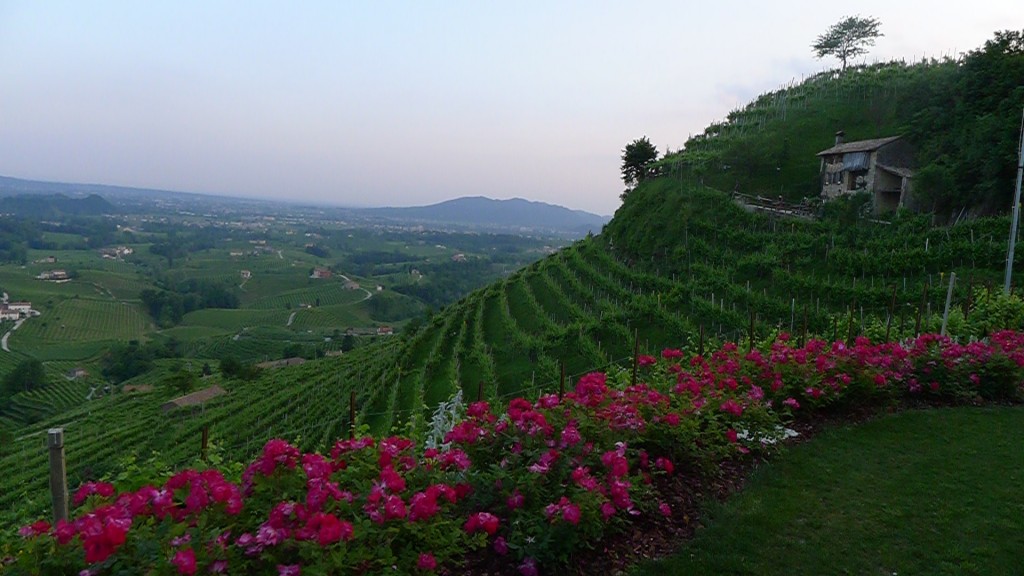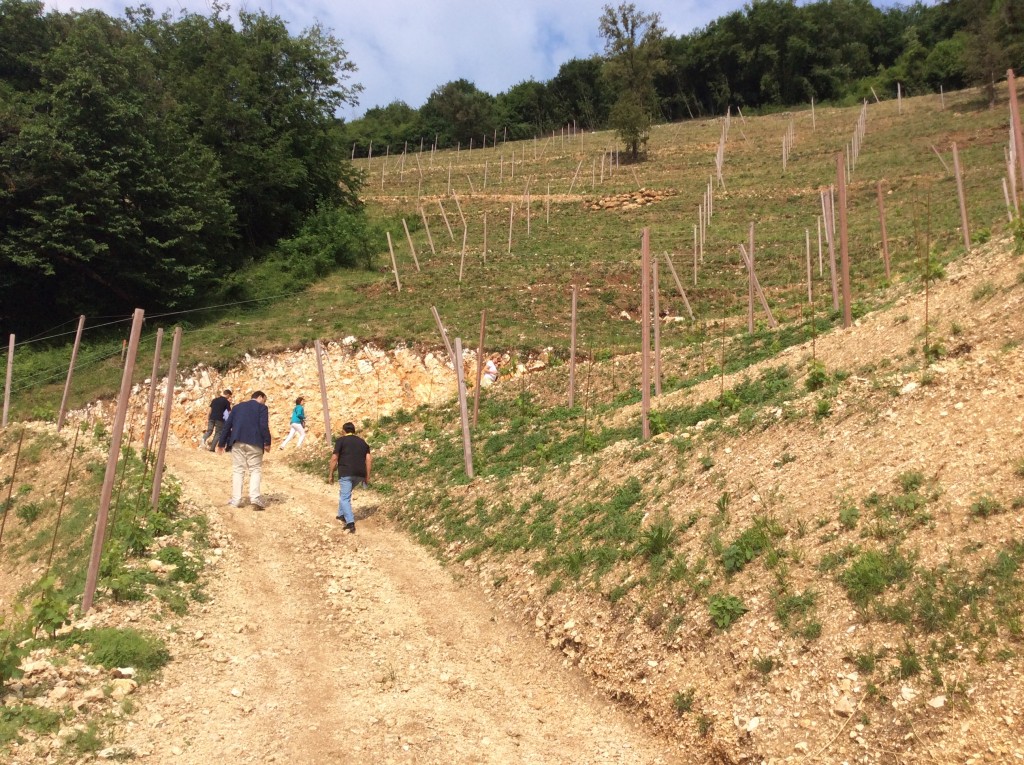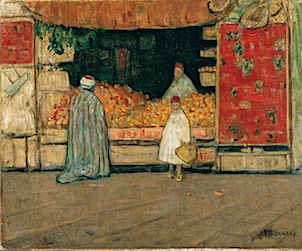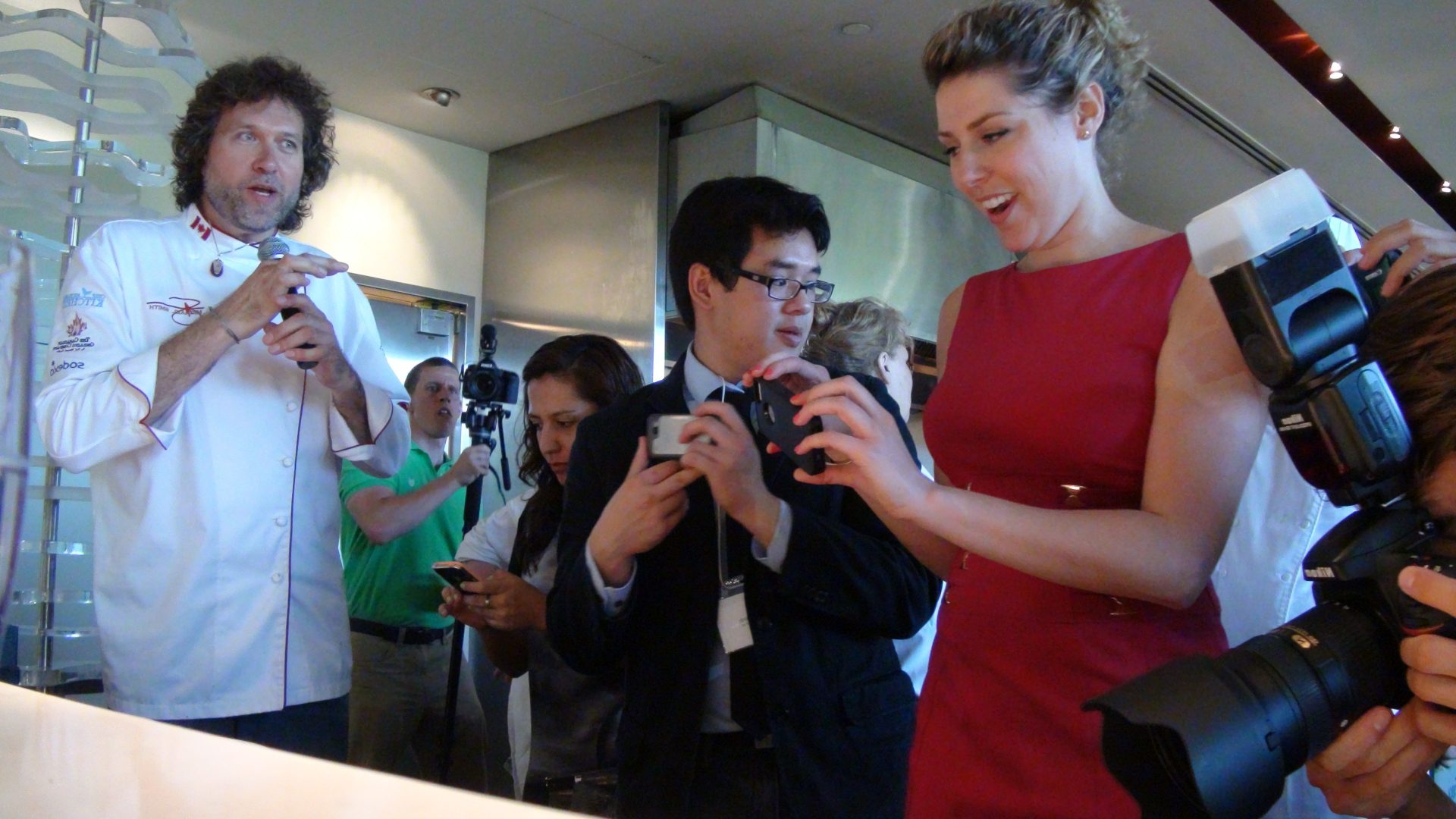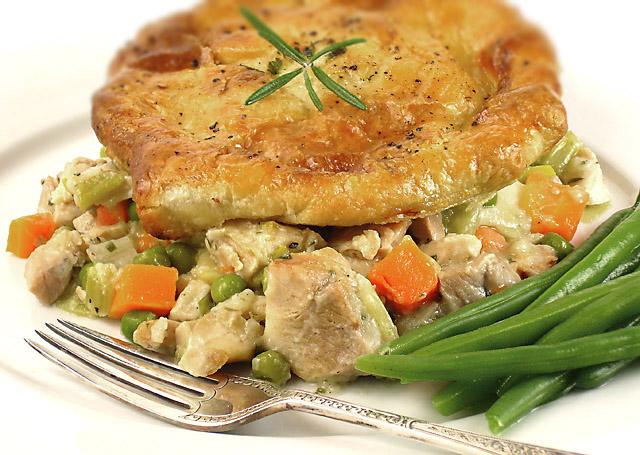The legendary hills of Cartizze are contained with a ridiculously tiny subregion located close to the town of Valdobbiadene in Veneto, Italy. Nestled in the very heart of the Conegliano Valdobbiadene DOCG, the vineyards contained within the Cartizze delimitation are not only amongst some of the beautiful in all of Italy, but are also some of the most expensive viticultural real estate in that country (if not the world), with a hectare coming in at well over a million dollars US.
Often referred to as being home to the Cru of Prosecco under the Superiore di Cartizze designation, this 106 hectares of insanely steep 1,000 feet high hillside vineyards around S. Pietro di Barbozza, Santo Stefano, and Saccol ostensibly produces the finest Prosecco available.
Saying that, the sparkling wines of Cartizze are certainly not for everyone (more on that in a second), and whilst travelling through the region I tasted a number of wines from here that were, to this palate, outclassed and outgunned by some of the better DOCG and DOC examples, and so I feel that a bit of a closer study of this hallowed subregion is required.
With its south-facing slopes, mild macroclimate, and extremely varied soils including sandstone, clay and moraine, these well-drained vineyards were traditionally harvested towards the end of October in order to achieve maximum fruit ripeness. History and marketing have it that these vineyards were the last to be harvested as they were the most difficult to take a crop from, and that’s no surprise as I witnessed some vines planted on 45 degree angle slopes in this area.
This combination of external/internal factors give the resultant wines a higher residual sugar content than most Proseccos, but (theoretically) without sacrificing acidity or alcohol (sweeter examples from the DOCG and DOC areas tend to have substantially lower alcohol levels). With this longer hang time often also comes a complexity that is rare to find in Prosecco.
Back to the higher levels of residual sugar… What with the sparkling wine market as a global whole trending towards a drier, brut or extra-brut style, the traditionally sweeter Cartizze wines certainly won’t be to everyone’s taste. Saying that, the undeniably firm acidity and mineral elements in the very finest examples bring an exquisite equilibrium to the wine, and mask the up to 32g of residual sugar in bottles labelled as “dry”.
By far my favourite Cartizze wine was from Villa Sandi, and we’ll have an interview with their young winemaker in the Prosecco Diaries column in the next month or so. This particular wine really stood out for me due to its delicate aromatics of yellow apples, white flowers, ripe nectarine, and clementine, leading to a palate with a simply terrific balance of fruit, sugar, acid, and mineral salinity. It came as no surprise to me whatsoever that this wine had been awarded the prestigious Tres Bicchieri from Gambero Rosso in 2014. I found it to be one of the most enjoyable sparkling wines I had tasted in an extremely long time.
If you enjoy Prosecco and would like to experiment with some of the higher-end gear, I would thoroughly recommend that you seek out some Cartizze, although with only around a million bottles produced each vintage you may have some trouble locating some. Best of luck!
 Edinburgh-born/Toronto-based Sommelier, consultant, writer, judge, and educator Jamie Drummond is the Director of Programs/Editor of Good Food Revolution… And that is a seriously beautiful part of the world.
Edinburgh-born/Toronto-based Sommelier, consultant, writer, judge, and educator Jamie Drummond is the Director of Programs/Editor of Good Food Revolution… And that is a seriously beautiful part of the world.

